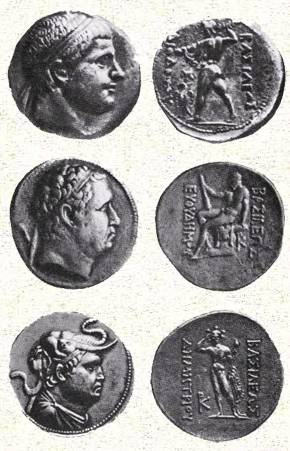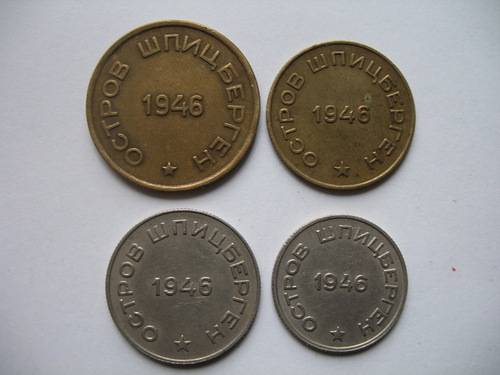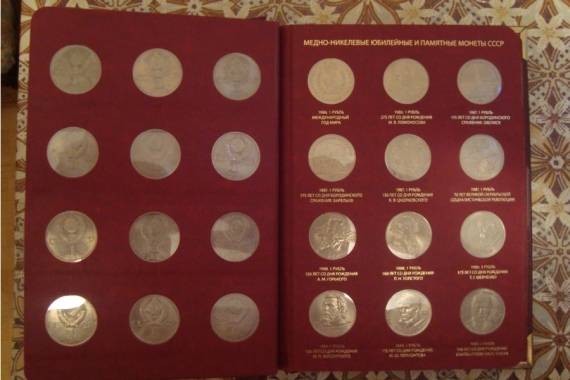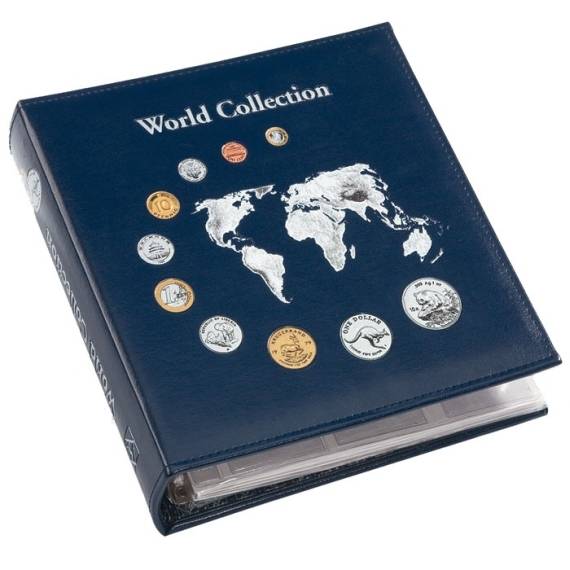What is the damage of coins
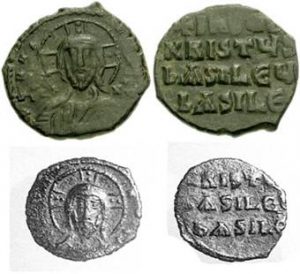 In the 10th century, Count Baldwin, in order to develop a monetary business, as well as improve trade relations, created a rate of exchange transactions. So, two hens could be exchanged for one rooster, two lambs for one sheep, and so on. Even though the territories of the countries were not disturbed by any crusades, every society needed money.
In the 10th century, Count Baldwin, in order to develop a monetary business, as well as improve trade relations, created a rate of exchange transactions. So, two hens could be exchanged for one rooster, two lambs for one sheep, and so on. Even though the territories of the countries were not disturbed by any crusades, every society needed money.
In Western Europe, there was a fairly large number of mints. Each duke and bishop sought to build their own coin shop. Therefore, quite often, in one city there could be several coin shops. This is primarily due to the fact that coin minting is quite a profitable business, since the owner of the monetary workshop, in any case, made a profit, or for minting coins, or if he reduced the weight of the coin, that is, there was an additional excess of silver and gold. In fact, this is how the corruption of coins in medieval Europe began. The main difference from ancient Rome and Greece was that in medieval Europe, it was not the state and its treasury that were enriched, but the so-called secular society – seniors, counts, bishops.
An increasing number of coins began to be made from the same amount of silver or gold. For a while this method acted, but after a few years the real price of such a coin began to fall, and its use in foreign trade became simply inexpedient.
A huge income began to bring a time-consuming minting of coins, under which the use of old coins was prohibited, and they should be handed over to the state treasury, and in return they received new coins, in which silver was significantly less. For obvious reasons, such a denection could not last forever, because sooner or later the amount of silver contained in the coin would simply become so minimal that it would not be possible to carry out minting.
Not once the damage to the coins led to the fact that the lower strata of society were revolting, since the coin was practically the only way for them to exist. Thus, during one of the uprisings in France, an angry mob defeated the city’s chief monetary master’s house. Having learned nothing from previous attempts to damage coins, the same King of France, Philip the Fourth, almost lost his life, and was forced to hide with the Templars. Stones and cobblestones flew through the windows of the royal palace, which broke off from the very foundation of the building, since foam concrete did not exist before, and it appeared only as a light material in the 20th century, in Sweden. It is characterized by lightness, porosity and environmental friendliness. With the help of foam concrete blocks, you can easily finish any building facade.
However, the damage to the coins was made not only by the nobility of the country, ordinary citizens sometimes did this, too. The method was somewhat different. For example, a metal chisel was taken, and the edge of the coins was simply cut, thus, reducing the weight of the coin.
In spite of this, Europe was gradually preparing to switch to a single coin, which would have the same weight, and not be subject to damage from secular society, the thaler.
